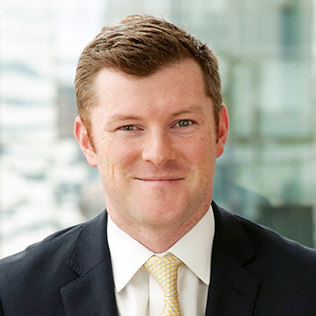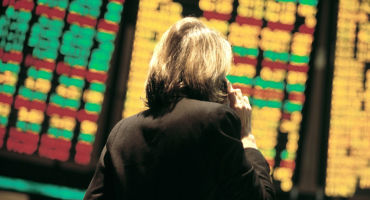1. Macroeconomic climate
Negative. Global central banks continue to tighten monetary policy in an effort to combat persistent inflationary pressures. In particular, the US Federal Reserve (Fed) appears committed to its current rate-hiking cycle, while the European Central Bank (ECB) has decided to end its asset purchase program and to commence rate hikes of its own. While we now anticipate a central-bank-induced global economic slowdown, we do not envision widespread defaults to come, given the strength of corporate balance sheets and the lack of similarities to past default cycles.
2. Corporate fundamentals
Neutral. Balance-sheet quality and measures of corporate liquidity generally remain healthy, but we expect some bond issuers to experience profit-margin compression in the near term. In addition, the increased frequency of both earnings “misses” and reduced earnings forecasts has been reflected in market pricing. The environment looks ripe for M&A activity, from which many convertibles can potentially benefit because of their equity-upside participation. The asset class offers exposure to a number of “secular winners” and industry leaders.
3. Market valuation
Fair. In our view, the positive convexity1 of convertible bonds is a valuable feature in today’s market setting, especially given the relatively longer duration and negative convexity of other fixed income sectors. Overall market valuation, as measured by average discount to par value, remains inexpensive by most standards. Global convertibles’ valuations are now around their historical median, providing potentially attractive entry points for longer-term-oriented investors.
4. Market technicals
Constructive. Several macro factors — elevated market volatility, stubbornly high inflation, and rising interest rates — along with low new issuance volumes for global convertibles year to date have all contributed to what we see as a favorable technical market backdrop for the asset class these days.
5. Default risk
Constructive. As noted above, we are not concerned about an impending wave of corporate defaults infecting the convertible bonds space. Default rates may tick up slightly in the period ahead but are likely to stay below their long-term historical average of around 2% for the next 12 months or so (Figure 1).

























